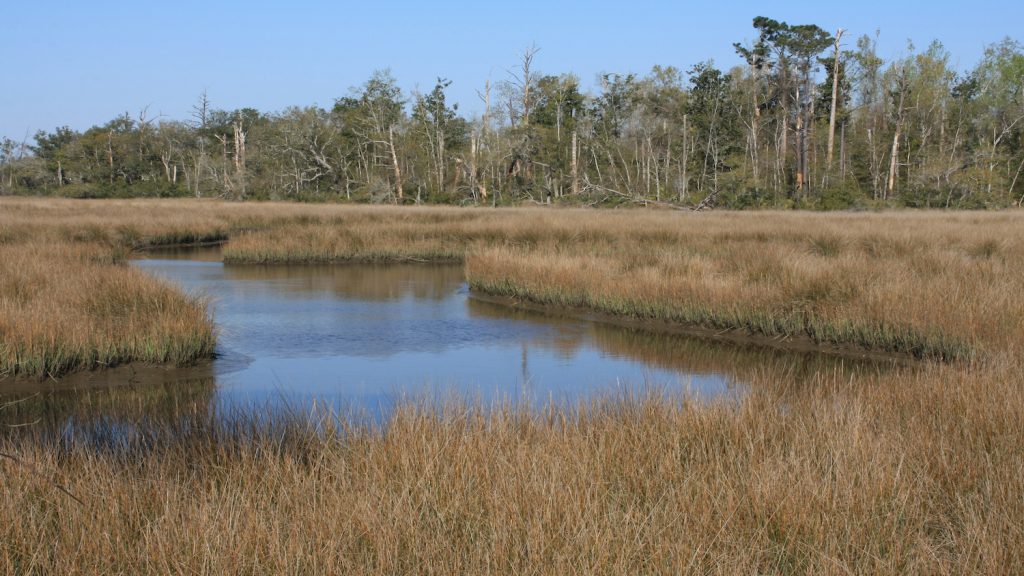Structured Decision Making as a Tool for Coastal Restoration: A Case Study on Ship Island, Mississippi

Principal Investigator: Gregory D. Steyer, USGS National Wetlands Research Center
Co-investigators: P. Soupy Dalyander (Coastal and Marine Geology Science Center, Woods Hole), Mark Byrnes (Applied Coastal Research and Engineering, Inc.), Brady Mattsson (University of Natural Resources & Life Sciences), Michelle Meyers (USGS National Wetlands Research Center)
Project Completion: May 2015. This project is now completed.
Implements Science Theme: 5
Overview
Barrier islands protect mainland areas from storm surge, but can erode over time and require restoration. Ship Island, a barrier island off the coast of Mississippi, provides an example of this: the island was battered by Hurricane Camille in 1969 and split into two separate islands. As part of the Mississippi Coastal Improvements Program, the U.S. Army Corps of Engineers plans to use approximately 22 million cubic yards of sand to close the gap between East and West Ship Islands to restore the island’s physical integrity and habitat for important species such as sea turtles, shorebirds, and Gulf Sturgeon.
This project served as a case study to test the usefulness of structured decision-making – a systematic, formal approach for evaluating options – as a tool for making coastal restoration management decisions. Researchers solicited input from project stakeholders, scientists, and engineers and incorporated this information, along with modeling and quantitative analysis, into a framework to inform decision-making, should the island incur storm damage while the restoration is underway.
Ultimately, the structured decision-making process yielded management recommendations that can be quickly and effectively implemented during the Ship Island construction, while helping participants maximize the island’s future resilience. It also led to a general decision framework and process that could be expanded and adapted for use by future barrier island restoration projects.
